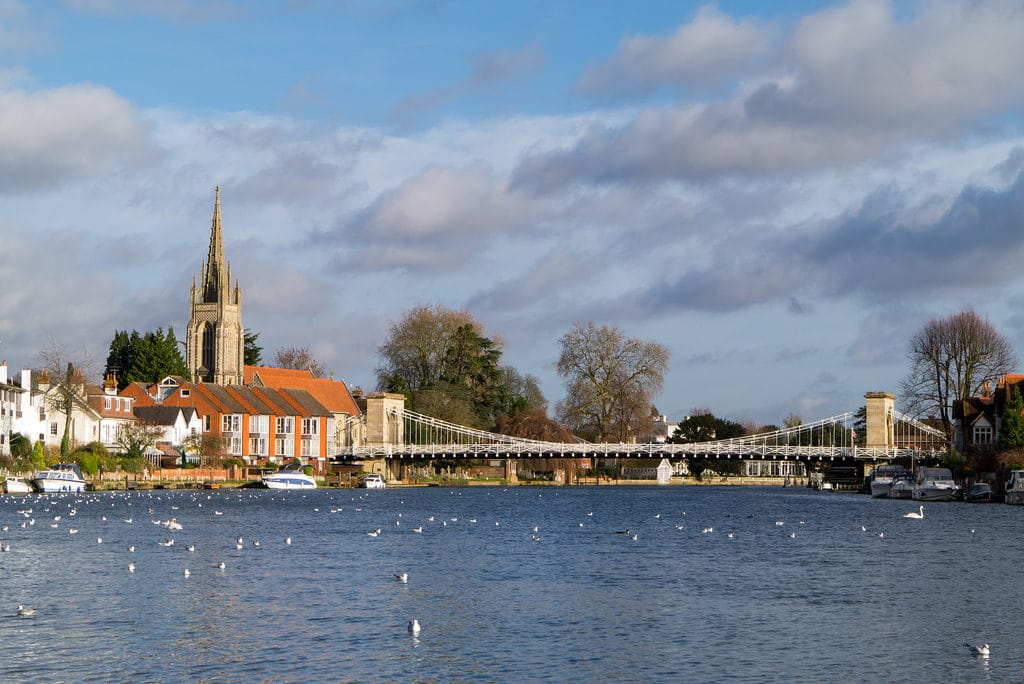From Gary Tulie: The Compelling Advantages of Bifacial Solar Panels

Whenever I want something extremely specific that would be difficult or impossible for me to research myself (like I did for a few sections of Bullish on Renewable Energy), Gary’s my go-to man.
Now, before I turn it over to Gary, let me say that I look forward to the day when the wonders of quantum physics kicks in and really take solar PV efficiencies through the roof. The major constraint in PV, from the day in the 1920s when Albert Einstein brought it into existence, has been that a photon can knock out a maximum of one electron. This means that low-energy photons have no value, and the value of high-energy photons is not fully maximized. Soon, that will no longer be the case, due to the implementation of the Moessbauer effect, meaning that a photon is absorbed into a matrix of electrons. – ed
—
Until recently, typical utility scale solar projects would feature low cost polycrystaline solar panels as they offered the lowest levelised cost of energy.
In the last 2 to 3 years, high efficiency MonoPERC panels have increasingly featured in utility scale projects. Why? The cost premium substantially reduced so that now, there are only around 5 cents difference in the price per watt of high efficiency monoPERC versus polycrystalline panels.
Given that the panels now form only about 1/3 of the cost of an installed utility scale project, and that many other costs are fixed per area e.g cables, support frames, installation labour, project planning.
Suppose the monoPERC panels increase yield per area by 20% and cost 30 cents per watt ex factory compared to 25 cents for polycrystalline, but by giving for more watts per area, you save 3 cents per watt on other hardware such as support frames, cables, concrete etc, and a further 5 cents per watt between soft costs such as project planning, and permit applications, + land lease / acquisition, legal fees and insurance, then you end up with the more efficient panels having around 3% lower capital cost per watt installed than less efficient panels, an advantage which only grows at the O & M stage when you have 20% less land and 20% less panels to look after resulting in significantly improved cost of generation per kWh. A large project of this type might have an installed cost of around 90 cents per watt in fixed orientation, or around $ 1 per watt for single axis tracking.
Indicative
30 cents per watt panel
10 cents per watt inverter
50 cents per watt for everything else
10 cents per watt premium for single axis tracking
This advantage only grows with bifacial panels which if installed 1 meter or more above the ground will typically boost yield by 10 to 30% compared to monofacial panels of the same nominal watts (In standard testing, only watts generated on the front of the panel are counted as part of the panel’s nominal watts).
The cost of Bifacial Mono-PERC solar cells is only around 1 cent higher per watt than standard Mono-PERC panels, (PV Insights figures 16/10/2018) but the real world yield is 10 to 30% higher depending on conditions. Suppose the Bifacial panel costs 32 cents per watt and achieves a 20% increase in yield on a particular project per nominal watt, it is as though the panel were selling for around 27 cents per watt due to yielding 20% more kWh per nominal watt – about 10% LOWER price per effective watt (as opposed to nominal watt) compared to the single sided equivalent. Area related costs all drop 20%, and the only cost not dropping is the cost per watt of the inverter at around 10 cents per watt.
At 20% higher effective yield per area effective system cost is as follows
Panel 27 cents per watt (effective cost),
Inverter at 10 cents,
Other fixed tilt costs 0.8 x 50 cents = 40 cents per watt
Single axis tracking option 0.8 x 10 cents = 8 cents per watt
Effective installed cost 77 cents per watt for fixed tilt, or 85 cents per watt for single axis tracking.
On this basis the capital cost per annual kWh is around 15% lower than for single sided panels, with ongoing O & M costs down by close to 20% per kWh delivered giving a levelised cost of electricity reductions of a little more than 15%.

Are those solar panels with two sides? If so, I don’t see a point in them since one side will be facing away from the sun the entire time.
Hi Susan, The usefullness of solar panels active on both sides depends on the situation, and how the panels are used. On a pitched roof, there would not be a lot of point, but where the panels are raised by a meter or more, and especially if the underlying surface is light coloured, a significant amount of reflected light strikes the back of the panel. Where such a panel is bifacial, light reflected to the back of the panel can add 10% to 30% to the amount of power generated. If the extra project capital cost is only a couple of percent higher for 10% to 30% more yield, then the investors will come out significantly ahead.